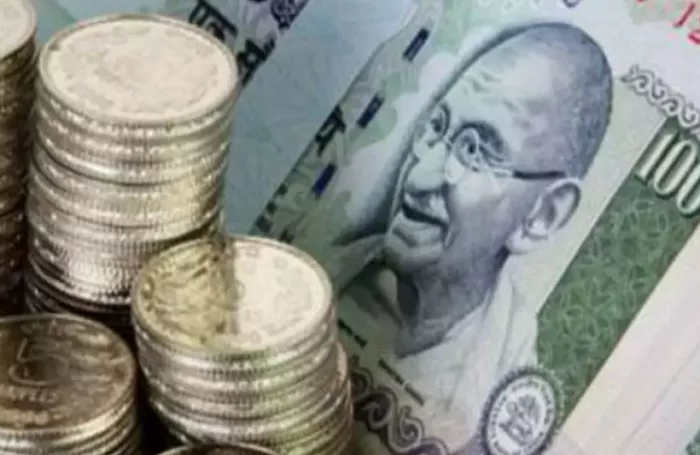On Friday during the early European trading session, the USD/INR currency pair witnessed a downward drift, with the Indian Rupee (INR) strengthening against the US Dollar (USD). This came amidst escalating trade war tensions, which have been a major talking point in the global financial markets.
The Indian Rupee’s upward movement can be attributed to multiple factors. Firstly, the US Dollar exhibited signs of softening, providing a favorable environment for the INR to gain ground. Secondly, the decline in oil prices played a crucial role. As the world’s third – largest oil consumer, India stands to benefit from lower crude oil prices. Reduced oil costs translate into a lower import bill, which in turn has a positive impact on the value of the Indian currency.
Key Economic Data and Events on the Horizon
Later in the day on Friday, several important economic data releases and events are set to unfold. In the United States, the Producer Price Index (PPI) for March and the advanced Michigan Consumer Sentiment data are expected. These figures will offer valuable insights into the US economic health, potentially influencing the USD’s performance.
In India, the Industrial Output and Manufacturing Output data are due. These numbers will be closely watched by investors as they can provide clues about the domestic economic situation, which is essential for assessing the long – term strength of the Indian Rupee.
Moreover, two officials from the Federal Reserve (Fed), Alberto Musalem and John Williams, are scheduled to speak. Their remarks could potentially offer hints about the future direction of US monetary policy, which has a significant bearing on the USD/INR exchange rate.
Policy Moves and Inflation Data Impacting the Market
On Wednesday, the Reserve Bank of India’s (RBI) Monetary Policy Committee (MPC) made a significant decision. Unanimously, the committee voted to cut the policy Repo Rate by 25 basis points (bps) to 6.00% at its April meeting. This rate cut was aimed at stimulating the domestic economy.
In the US, President Donald Trump’s trade – related decisions are also affecting the currency markets. He maintained a 10% blanket levy on all imports announced the previous week. However, he also set a 90 – day pause on additional US tariffs, during which the White House will engage in negotiations regarding higher tariffs.
The US Consumer Price Index (CPI) inflation data released on Thursday also had an impact. According to the US Bureau of Labor Statistics (BLS), the CPI inflation declined to 2.4% YoY in March from 2.8% in February, falling short of the market consensus of 2.6%. The core CPI, which excludes volatile food and energy prices, increased 2.8% YoY in March, lower than the previous 3.1% and below the estimated 3.0%. On a monthly basis, the headline CPI declined 0.1%, while the core CPI rose 0.1%.
Boston Fed President Susan Collins stated on Thursday that the large trade tariffs implemented by the Trump administration will likely drive inflation higher and slow down economic growth in the near term. She advocated for a steady monetary policy in the face of such uncertainty. Similarly, Chicago Fed President Austan Goolsbee emphasized the high levels of uncertainty caused by aggressive trade tariffs and argued for a wait – and – see approach to monetary policy. He added that if the economy recovers, rate cuts could still be on the table.
USD/INR Outlook: Bullish Bias with Near – Term Consolidation
Despite the current downward movement of the USD/INR pair, the overall uptrend remains intact. The pair’s price is above the key 100 – day Exponential Moving Average (EMA), indicating a bullish bias. However, the 14 – day Relative Strength Index (RSI) hovering around the midline suggests that near – term consolidation is likely.
Looking at the upside, the first resistance level for USD/INR is at 86.61, which was the high on April 10. If the pair manages to break through this level, it could rally towards the 87.00 psychological level. A decisive break above 87.00 could open the door to 87.53, the high recorded on February 28.
On the downside, the key support level for the pair lies in the 86.00 – 85.90 zone, which represents the 100 – day EMA and a round figure. The next important support level is at 85.48, the low on March 24, followed by 85.00.
Related Topics:
USD/INR on the Rise Amid Trump Tariff – Induced Turmoil
US Imposes Sweeping 26% Tariff on Indian Goods, Sending USD/INR to Multi-Month Highs
USD/INR on the Upswing as Trump’s ‘Liberation Day’ Approaches


